Low Shank vs High Shank: Which is Better? 2024 Full Guide
When you start researching low shank vs high shank sewing machines, you’ll find a lot of information that seems to be confusing and contradictory.
While it can feel like there are endless options to consider when making this choice, it’s actually much simpler than that.
Low Shank vs High Shank: What does it mean?
If you’re new to the world of sewing machines, you might think these terms refer to the height of the needle as it penetrates the fabric, but they don’t.
In fact, neither of these features has anything at all to do with how high or low your needle is from the surface of your fabric.
Instead, these terms refer specifically to where on your machine the needle and thread take up the position in order to sew with ease and efficiency.
What Is Low Shank Sewing?
Low shank is a type of shank attachment used on sewing machines. The shank is the part of the sewing machine that attaches the presser foot to the machine and holds it in place while sewing.
A low shank sewing machine has a shorter distance between the needle and the shank attachment, compared to a high shank machine.
Low shank machines are typically smaller, lighter and less expensive than high shank machines.
They are usually used for basic sewing tasks, such as straight stitching and simple zigzag stitching.
Most modern sewing machines are low shank machines, and they are designed to be compatible with a wide range of presser feet and accessories.
If you’re in the market for a new sewing machine, it’s important to be aware of the type of shank attachment on the machine you’re considering, so that you can make sure you have the right accessories and presser feet to match.
Related Post: What Is A Low Shank Sewing Machine? 2023 Complete Guide
What Is A Low Shank Adapter?
A low shank adapter is a device that is used to attach low shank sewing machine feet to high shank sewing machines.
A low shank machine has a shorter shank, which is the part of the presser foot that fits into the machine, while a high shank machine has a longer shank.
Some sewing machine feet are designed for low shank machines, while others are designed for high shank machines.
The low shank adapter is used to allow low shank feet to be used on high shank machines and vice versa.
This can be useful for sewing machine users who want to use specific feet for their projects but have a machine that is not compatible with those feet.
What Is High Shank Sewing?
High shank sewing refers to the height of the shank on a sewing machine presser foot. The shank is part of the presser foot that attaches to the machine arm.
In a high shank machine, the shank is taller than in a low shank machine, providing more clearance between the needle and the foot, which makes it possible to use thicker fabrics or multi-layered materials.
High shank machines are often used for quilting, embroidery, or other heavy-duty sewing projects.
What Is Slant Shank Sewing?
Slant shank sewing refers to the design of the shank or the part of the sewing machine foot that attaches to the machine, in a slanted or angled shape.
This design allows for more clearance and space for thicker fabrics, larger embellishments, or multiple layers of material to pass under the foot.
Slant shank feet are commonly used in quilting and other fabric-intensive sewing projects.
The slant design also helps to provide a better view of the stitching area, making it easier for the sewer to see the needle and fabric as they work.
Low Shank Vs High Shank
Low shank and high shank refer to the height of the shank or the part of the sewing machine foot that attaches to the machine arm, on a sewing machine.
The shank height is important because it determines the distance from the needle to the presser foot, which affects the stitch formation and the type of presser feet that can be used on a particular machine.
Low shank machines have a shorter shank height, typically between 1/2 inch to 5/8 inch. They are commonly found on older machines and basic models.
High shank machines have a taller shank, typically around 3/4 inch to 1 inch. They are commonly found on modern machines and higher-end models.
Here are some of the key differences between low shank and high shank machines:
- Compatibility: Different shank heights mean that different presser feet and accessories are compatible with each type of machine. Low shank machines are compatible with low shank presser feet, while high shank machines are compatible with high shank presser feet.
- Stitch quality: High shank machines generally offer better stitch quality and control due to the increased clearance between the needle and the presser foot. This allows for thicker fabrics and layers to be sewn with ease.
- Versatility: High shank machines are often more versatile in terms of the types of fabrics and projects that can be sewn. The increased clearance allows for greater versatility in terms of presser feet, as well as the ability to sew thicker fabrics and handle heavier-duty projects.
It’s important to make sure you have the right shank type for your machine as using the wrong type of shank can cause damage to the machine or result in poor sewing performance. When purchasing a new presser foot, make sure to check the manufacturer’s specifications to ensure compatibility with your machine.
Which One is Right for You?
When it comes to choosing between a low shank and high shank sewing machine, the decision ultimately depends on the types of projects you plan on working on.
If you primarily work with light to medium-weight fabrics, a low shank machine is likely the best option for you.
However, if you frequently work with heavy-duty fabrics, a high shank machine may be more suitable for your needs.
Credit goes to Machineomatic
How To Measure the Shank Size of Your Sewing Machine?
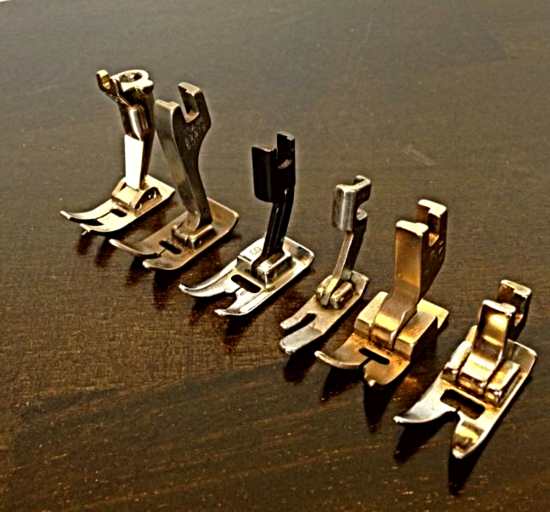
To measure the shank size of your sewing machine, you’ll need to determine the diameter of the post that holds the presser foot in place. Here’s how to do it:
- Remove the presser foot from the post: Before you start measuring, remove the presser foot from the post. This will give you a clear view of the post and make the measurement more accurate.
- Measure the diameter of the post: Use a digital caliper or a micrometer to measure the diameter of the post. If you don’t have either of these tools, you can use a ruler or a tape measure. Simply wrap the ruler or tape measure around the post and note the measurement at the widest point.
- Record the measurement: Write down the measurement you obtained in step 2. This will be the shank size of your sewing machine.
It’s important to measure the shank size accurately because the presser foot and shank must be the same size for the presser foot to fit properly. If you have any doubts, it’s best to consult the manual for your specific model of sewing machine to determine the correct shank size.
Why is The Low Shank Sewing Machine Better for Beginners?
The low shank sewing machine is considered better for beginners because it is typically easier to use and more versatile than other types of sewing machines.
Here are some of the reasons why low shank sewing machines are a great choice for beginners:
- Compatibility: Low shank sewing machines are compatible with a wide range of presser feet, making it easier for beginners to use different types of stitches and techniques.
- Ease of use: Low shank machines have a more straightforward and intuitive design, making it easier for beginners to understand how to use the machine and get started with sewing.
- Stability: Low shank machines are typically more stable and have a lower center of gravity, making it easier to sew heavier fabrics and reducing the likelihood of the machine tipping over.
- Accessibility: Low shank machines are generally more affordable and accessible, making them a great choice for those who are just starting out with sewing and don’t want to invest a lot of money in a machine.
Overall, low shank sewing machines are a great option for beginners because they offer a good balance of versatility, ease of use, stability, and affordability.
Conclusion
I hope now that you are well aware of low shank vs high shank sewing machines. In conclusion, the main difference between low shank and high shank sewing machines is the height of the shank and the types of fabrics they are best suited for.
While low shank machines are more versatile and commonly used, high shank machines are more durable and can handle thicker fabrics.
By understanding the differences between these two types of machines, you can make an informed decision on which one is right for you and your specific sewing needs.
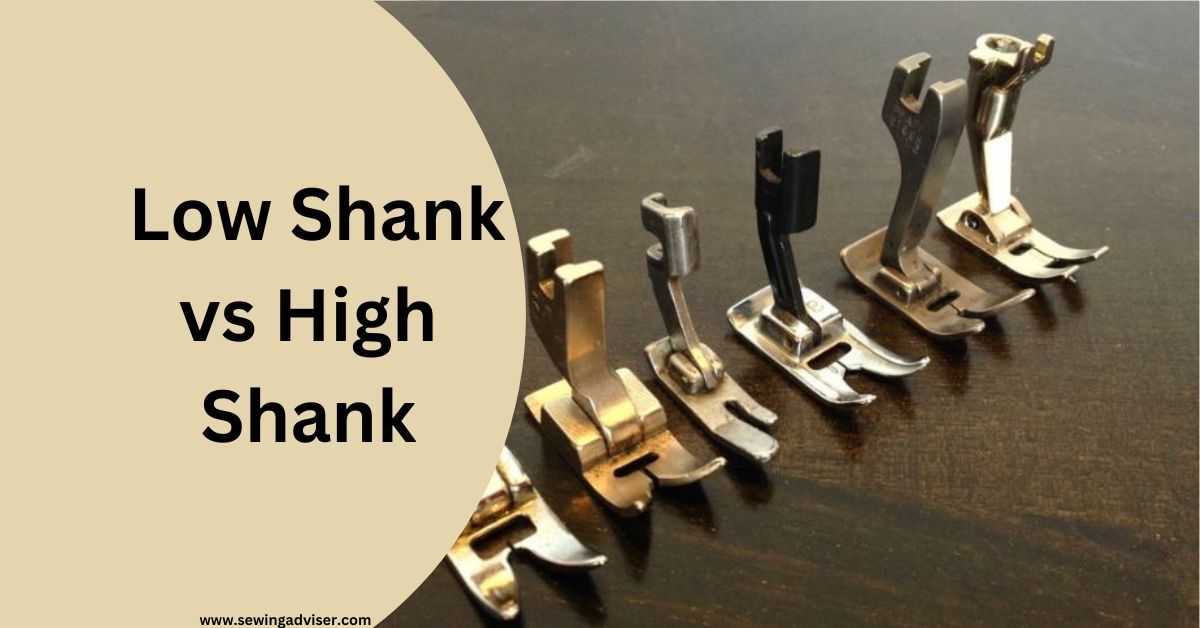
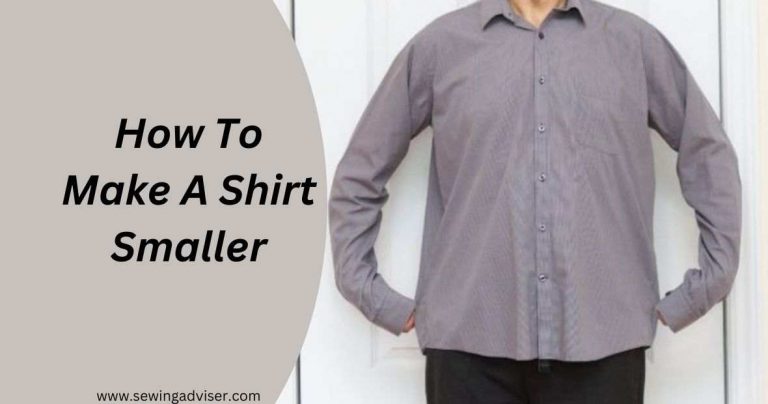
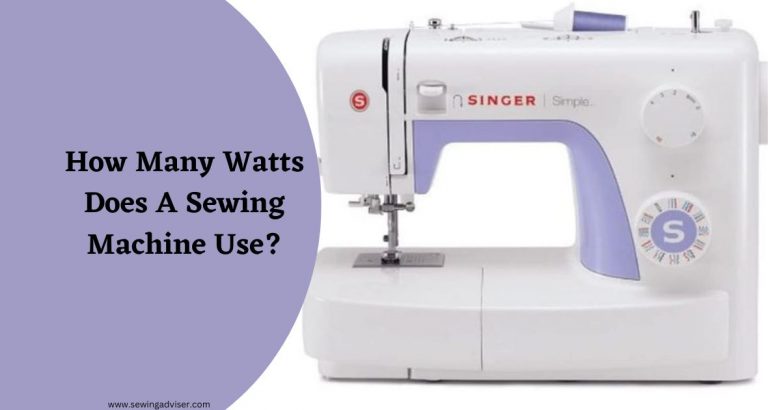
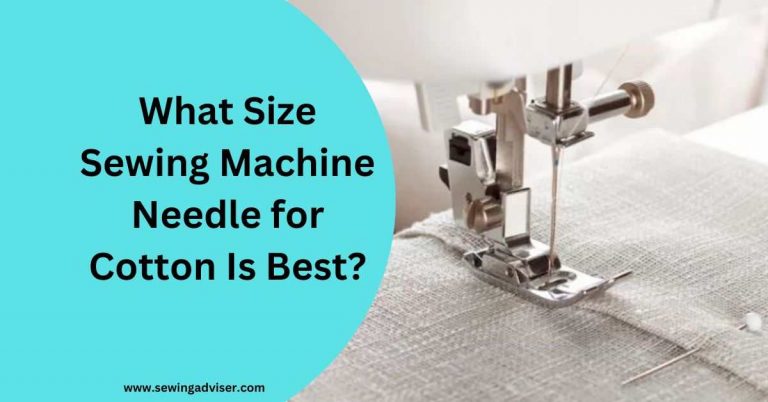
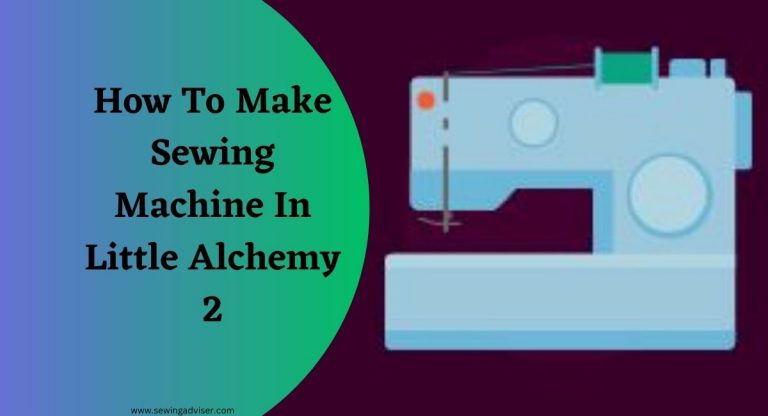
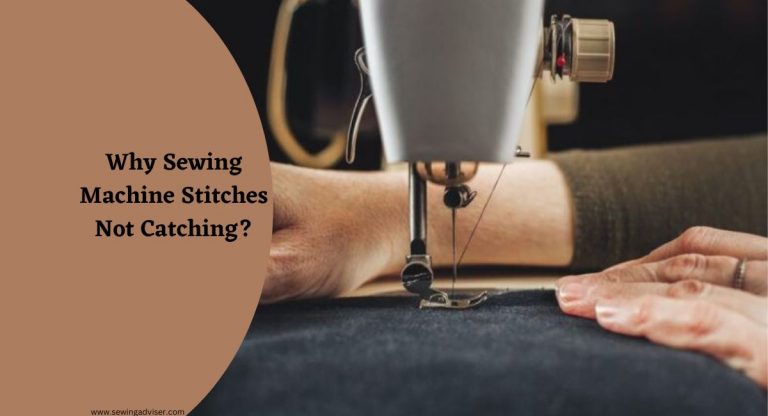
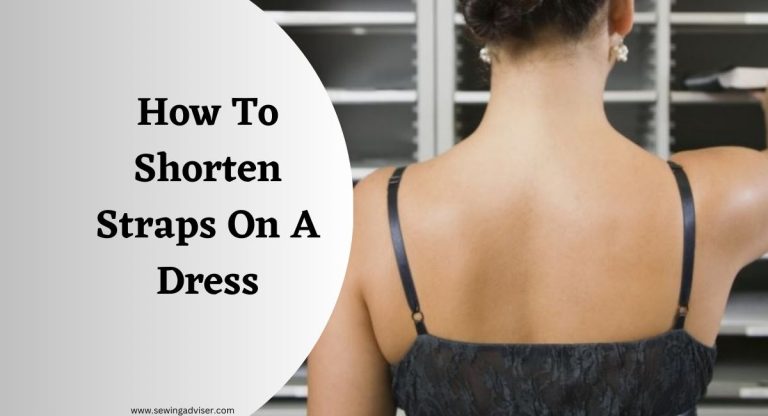
One Comment